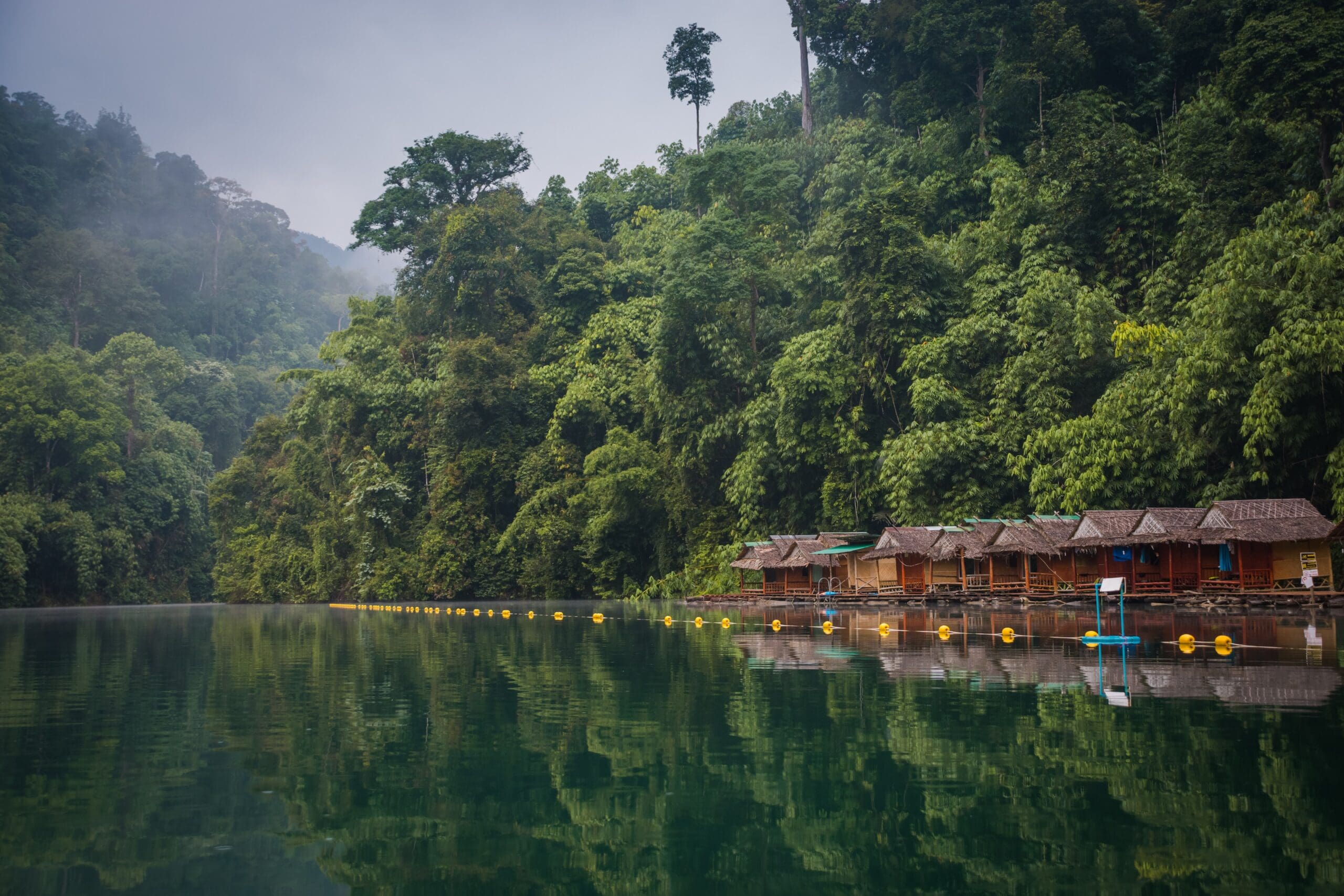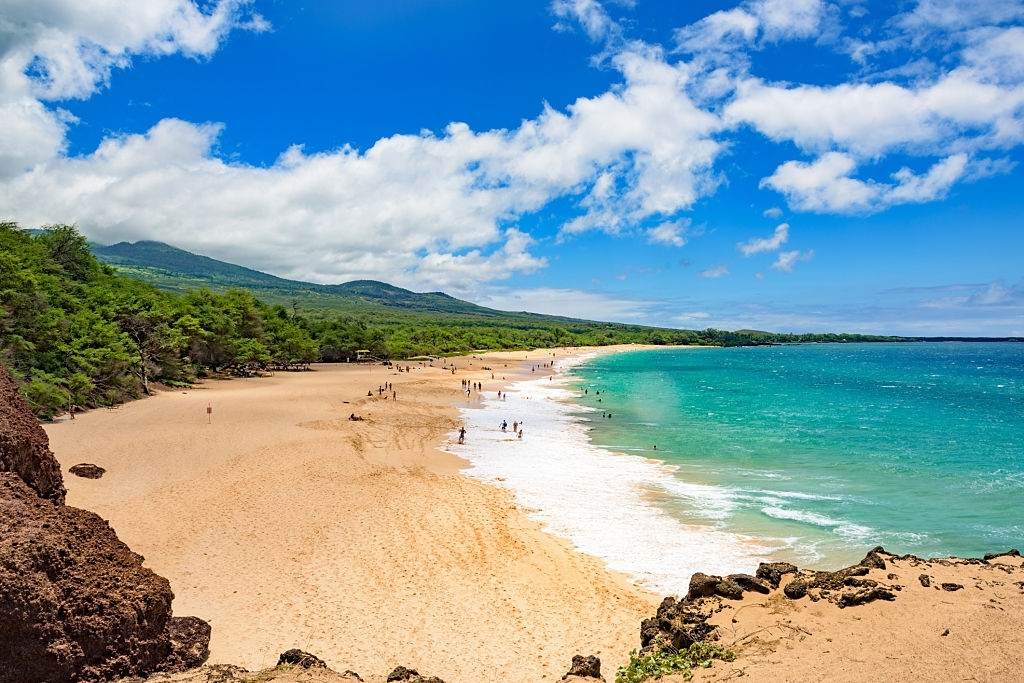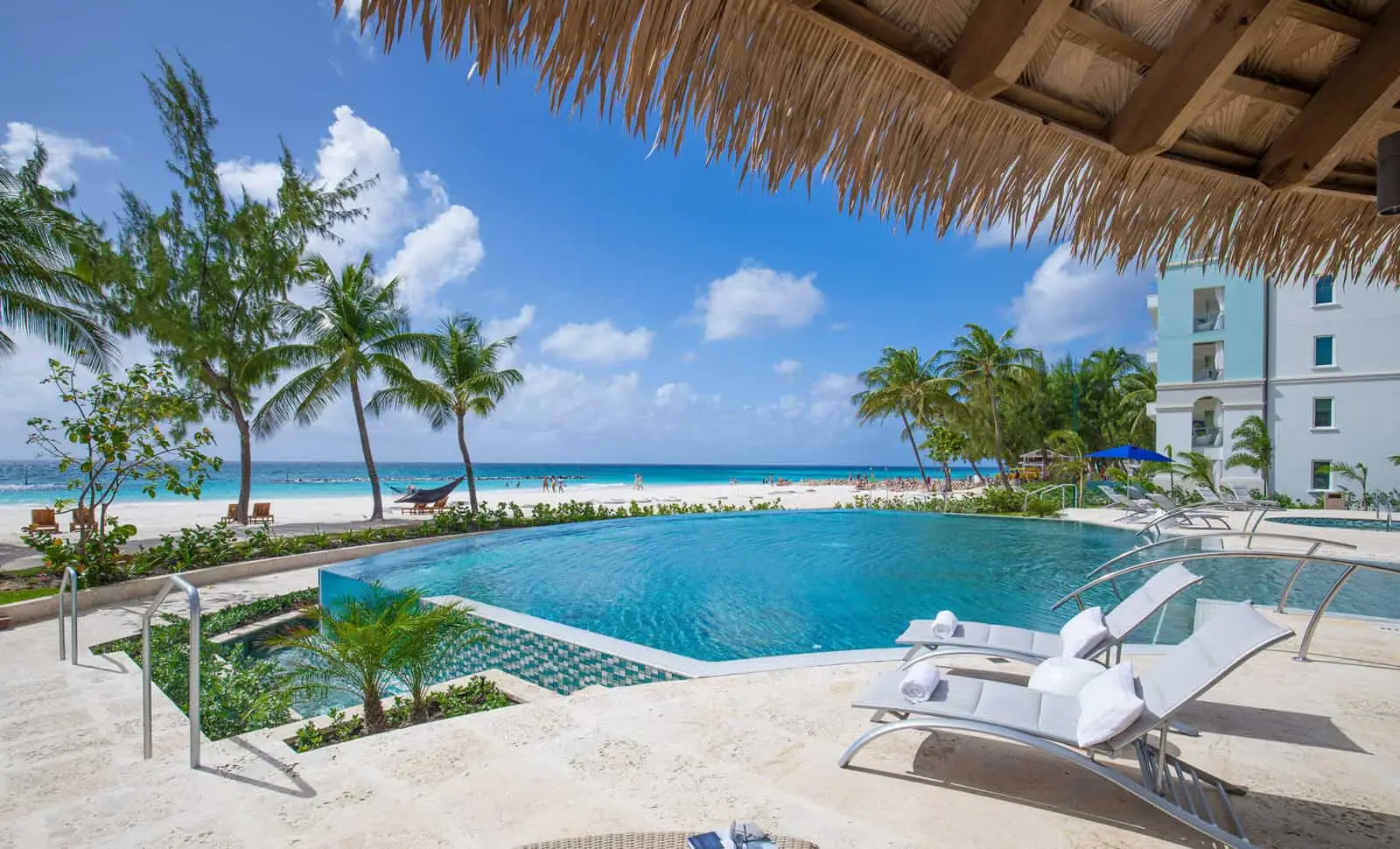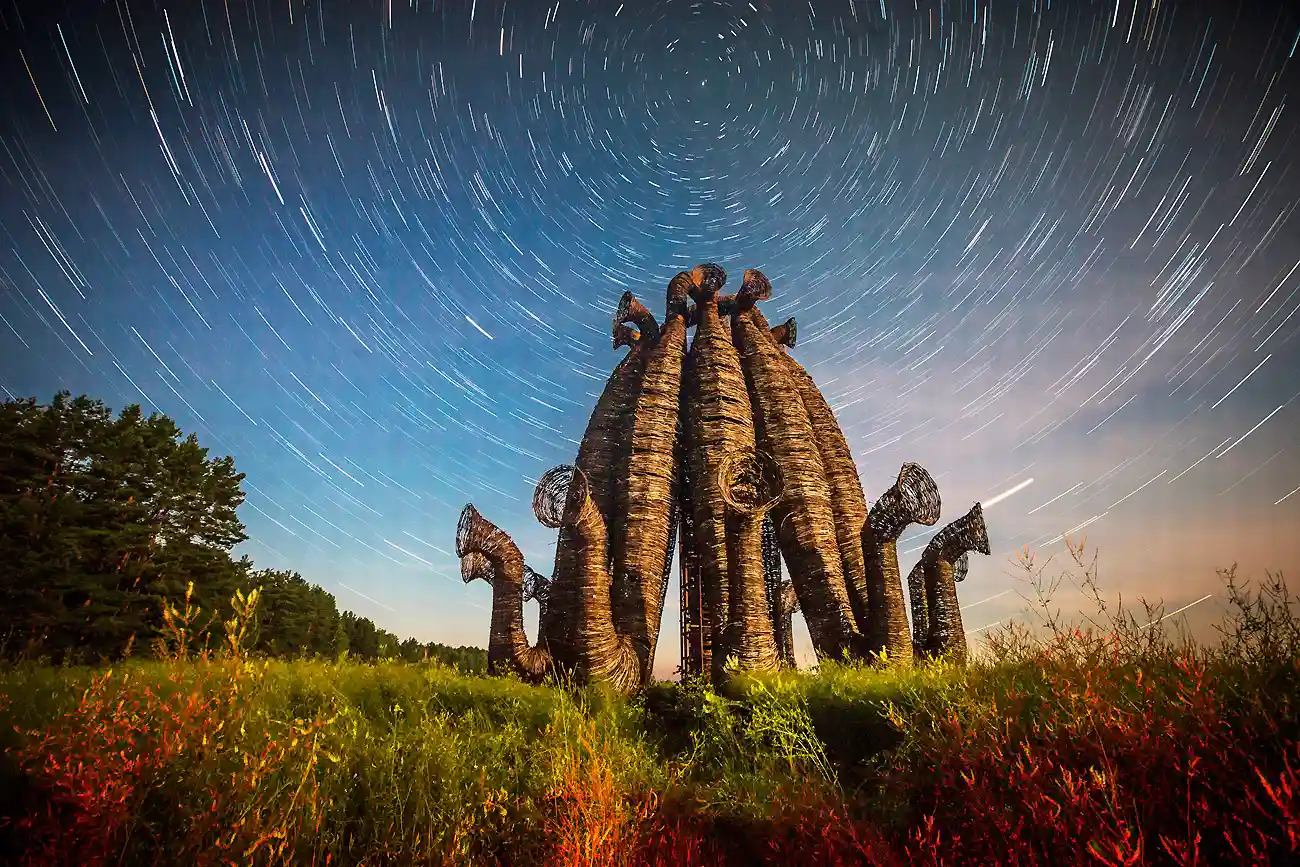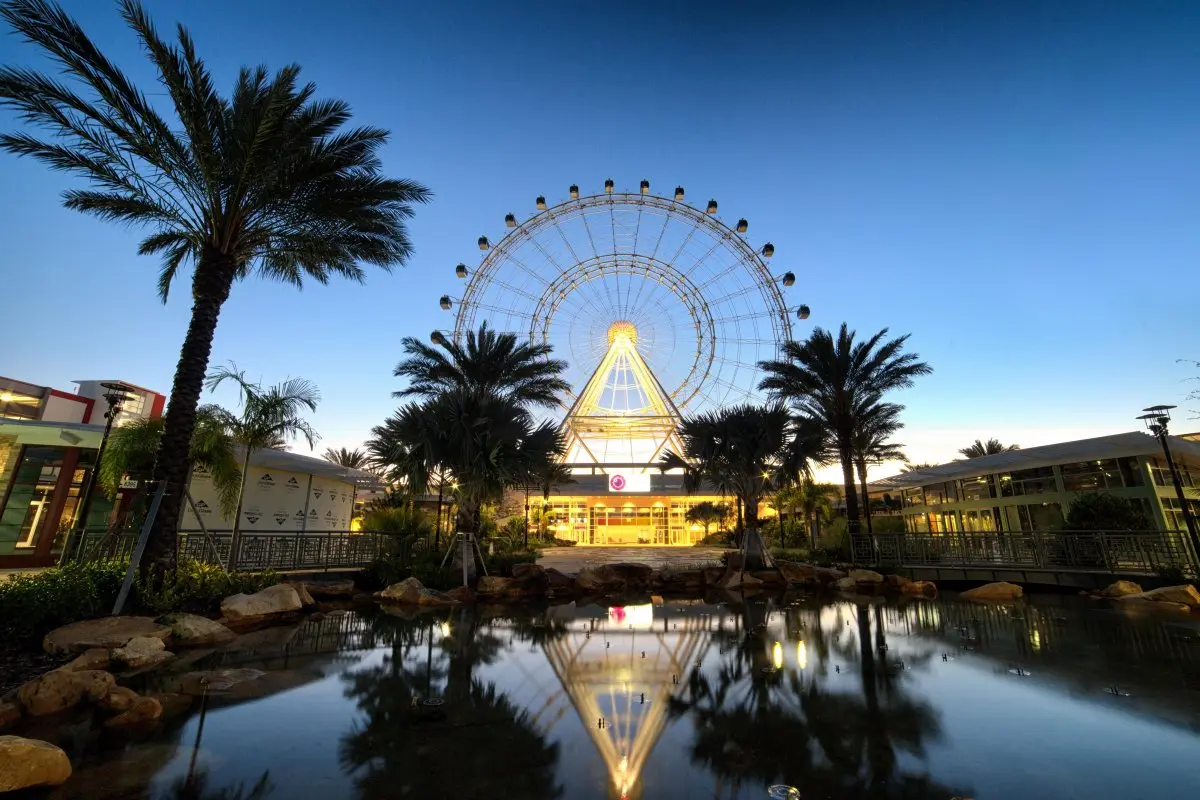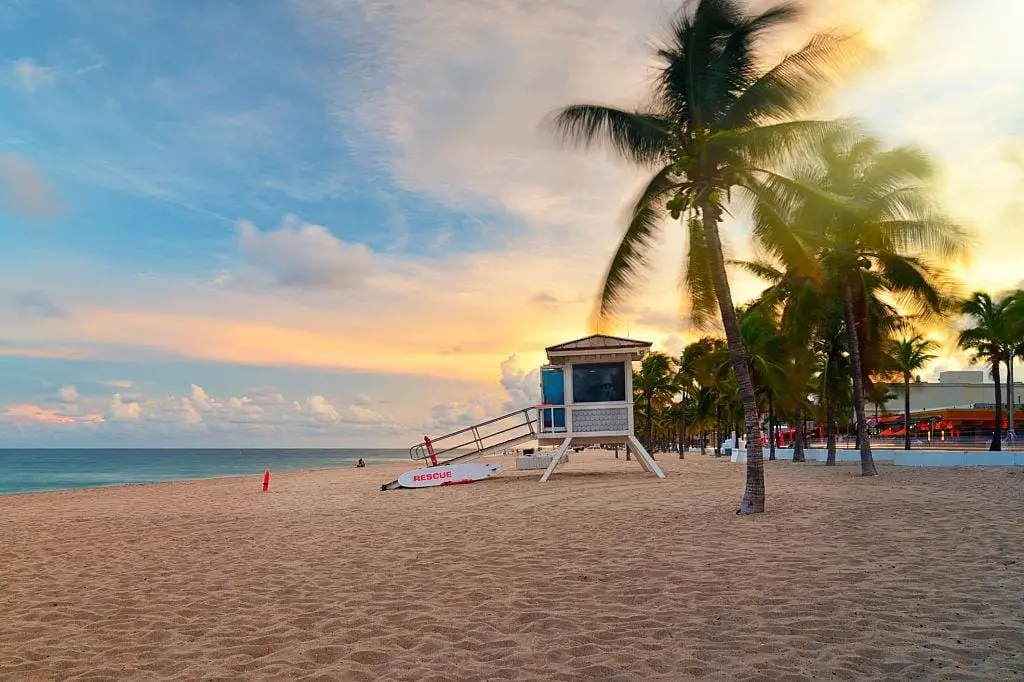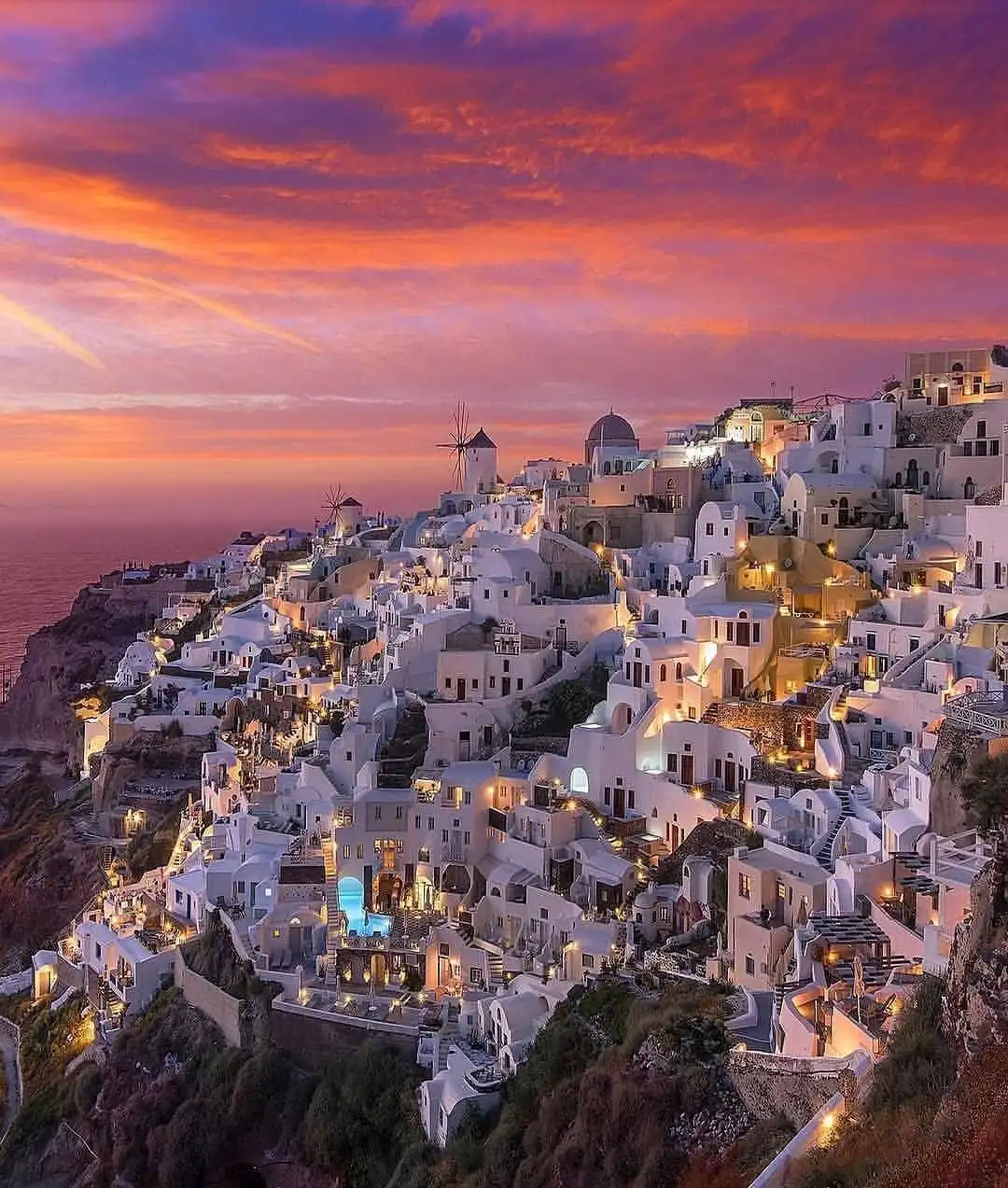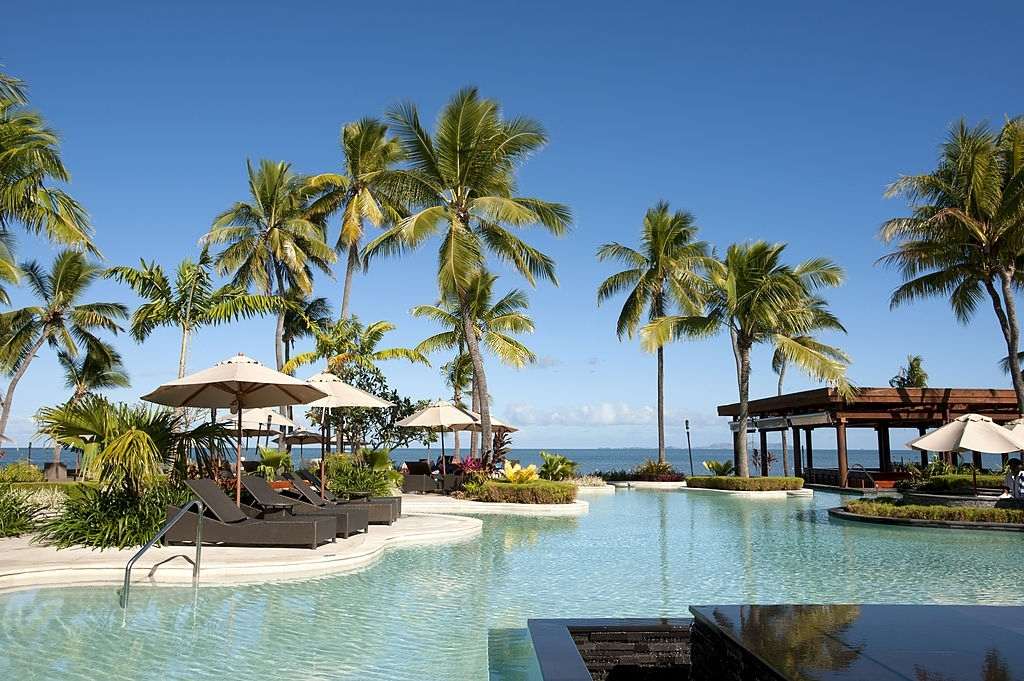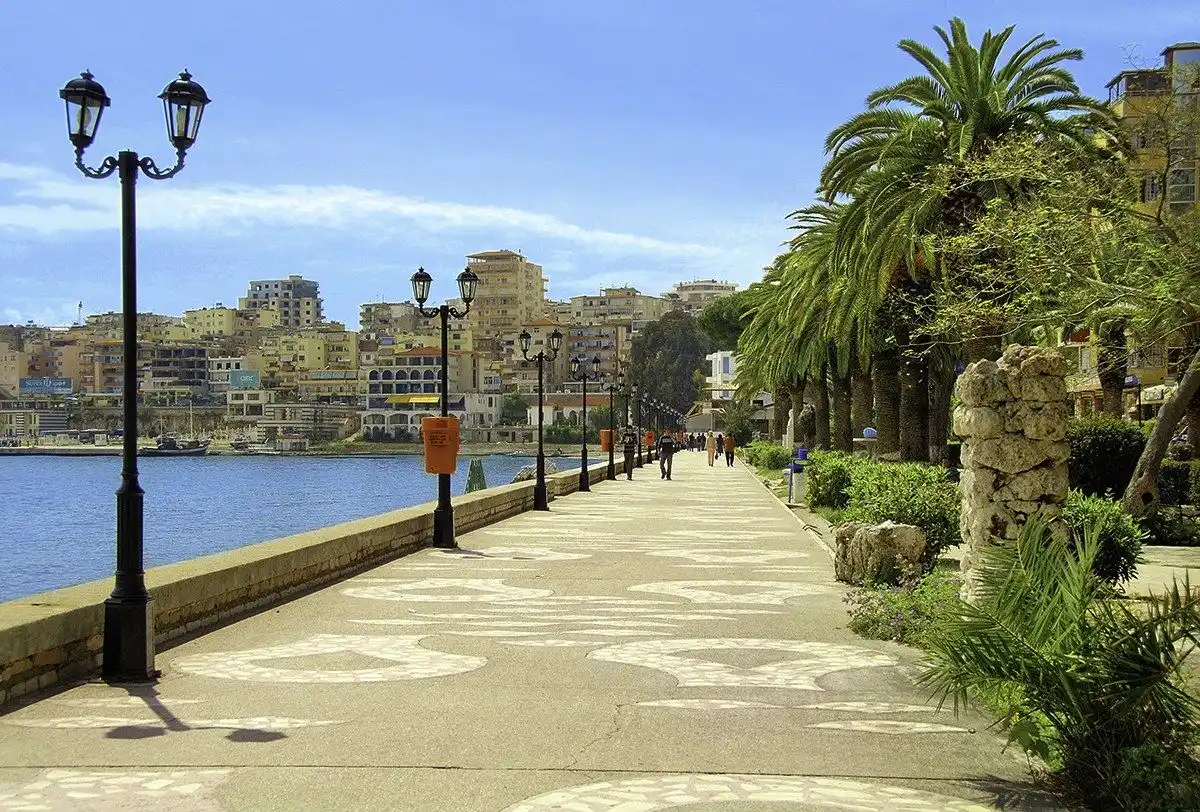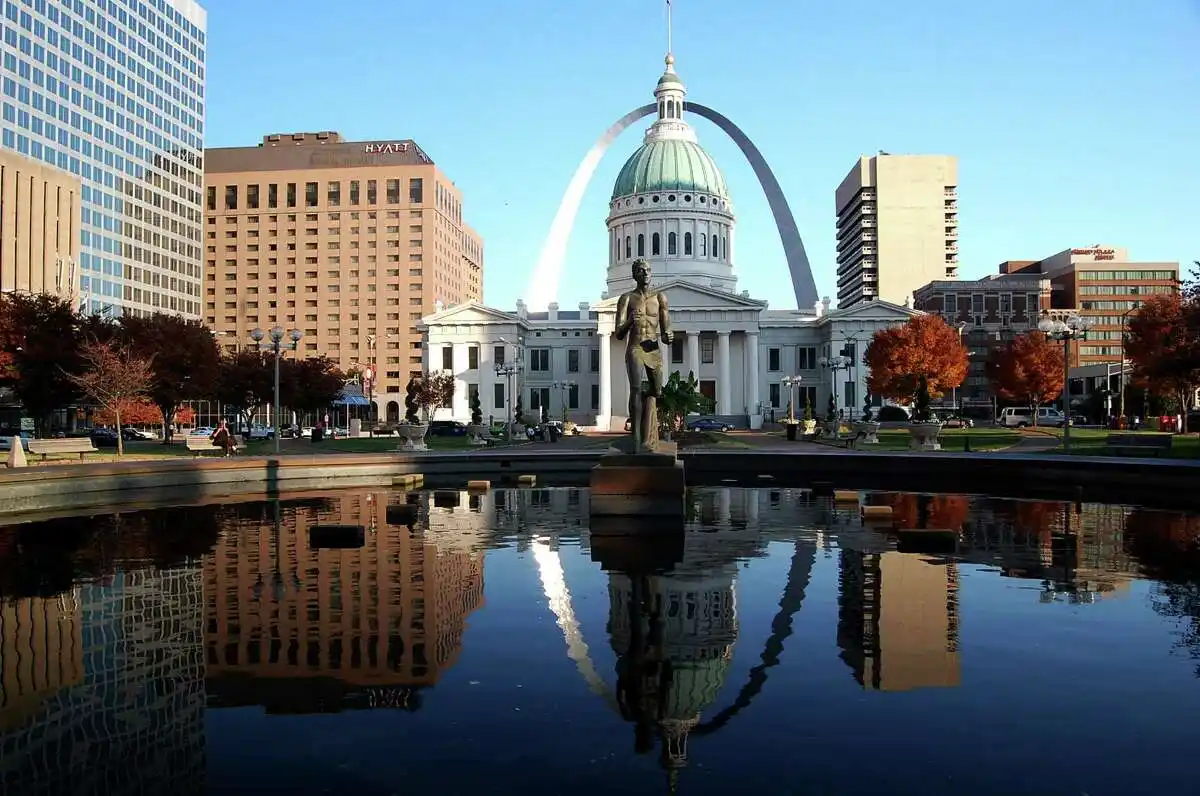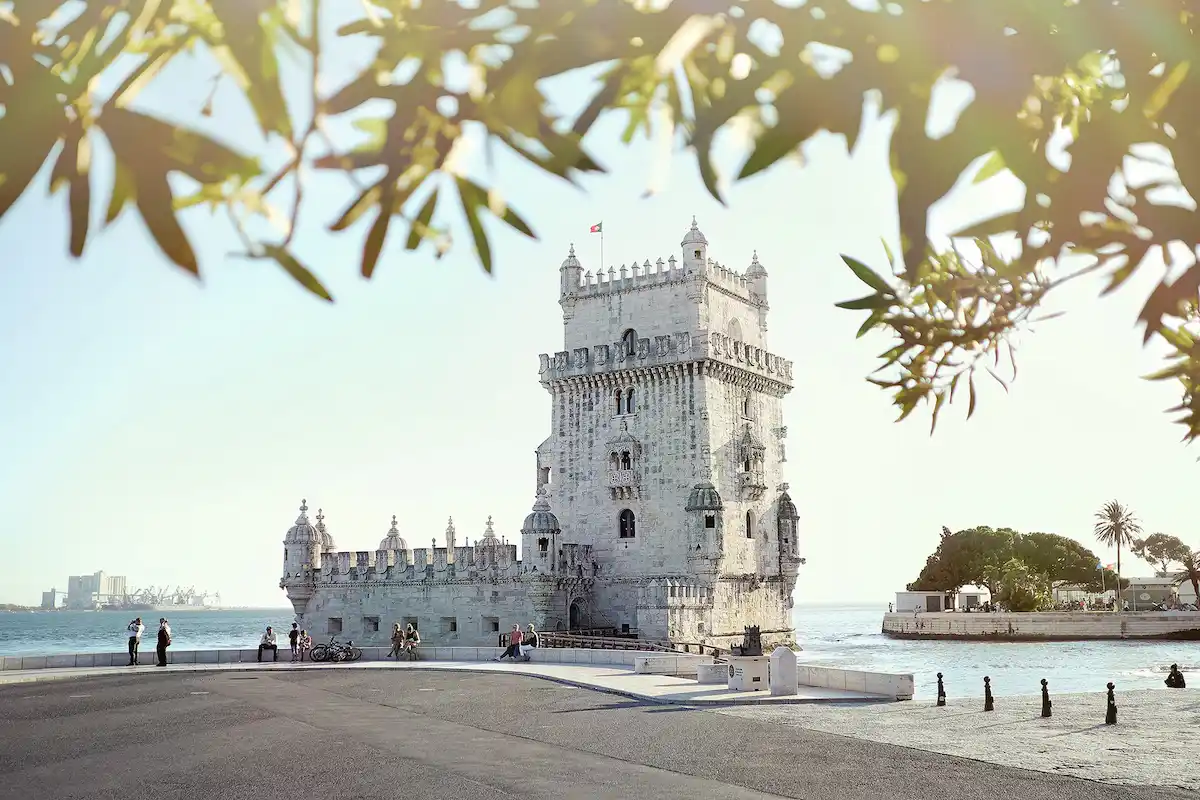Vietnam, a country steeped in rich cultural history and natural beauty, offers an experience like no other in Southeast Asia. The diverse landscapes, vibrant cities, rich traditions, and stunning coastlines create an allure that draws millions of visitors each year. From historical sites to modern cities, tranquil villages to breathtaking islands, Vietnam is a treasure trove of experiences waiting to be explored. Whether you’re an adventurer, a culture seeker, or a relaxation enthusiast, Vietnam has something for every traveler. Let’s dive deep into 10 must-visit places in Vietnam that should be on your travel bucket list.
1. Hoi An: The Timeless Ancient Town
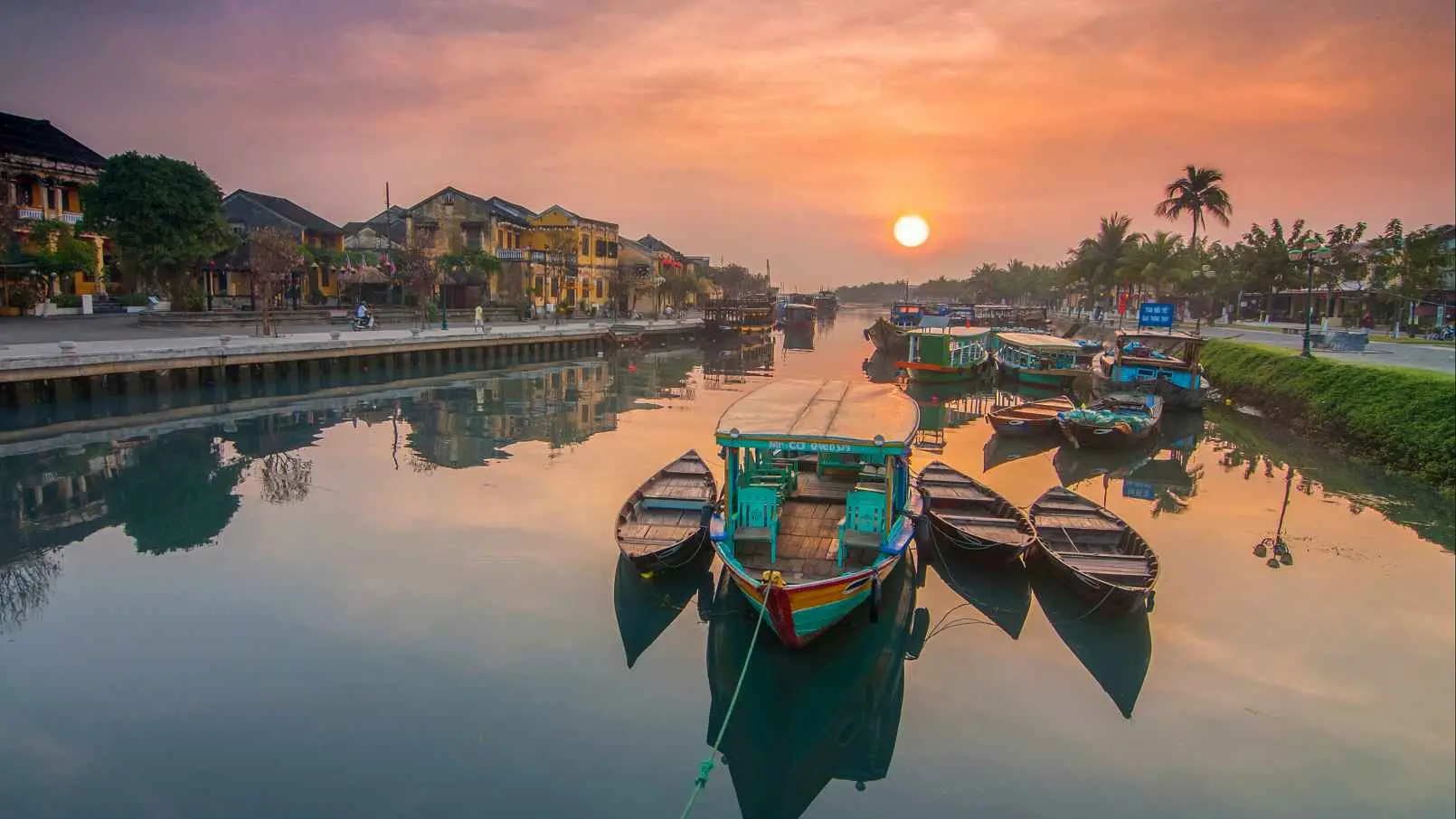
Located in the Quang Nam province, Hoi An is a well-preserved ancient town that provides a glimpse into Vietnam’s rich cultural heritage. With its cobblestone streets, colorful houses, and iconic Japanese Covered Bridge, Hoi An feels like a step back in time. The town’s architecture is a stunning mix of Vietnamese, Chinese, Japanese, and European influences, creating a picturesque and unique ambiance. The narrow streets are lined with traditional shops, art galleries, and restaurants serving delicious local cuisine. Hoi An is also known for its vibrant lantern festival held every full moon, where the town lights up with thousands of colorful lanterns. Visitors can shop for handmade silk garments, tailor-made clothing, and unique souvenirs.
When exploring Hoi An, be sure to stroll along the Thu Bon River, enjoy a bike ride to the An Bang Beach, and sample local delicacies like Cao Lau noodles and white rose dumplings. The best time to visit Hoi An is from January to April, as the weather is dry and the town’s festivals come alive.
2. Ha Long Bay: Vietnam’s Natural Wonder

No visit to Vietnam would be complete without witnessing the magnificent Ha Long Bay. With its emerald waters and towering limestone karsts, Ha Long Bay is one of Vietnam’s most iconic destinations. This UNESCO World Heritage Site covers approximately 1,553 square kilometers and is home to thousands of islands, caves, and grottoes, many of which are still unexplored. The karsts—giant rock formations that rise dramatically from the water—create an otherworldly atmosphere that must be seen to be believed.
One of the best ways to explore Ha Long Bay is by taking a cruise on a traditional junk boat. During the cruise, you can explore hidden caves, visit floating fishing villages, and enjoy the stunning landscape. For those seeking adventure, there are opportunities to go kayaking, swimming, and hiking on some of the larger islands. Ha Long Bay is also famous for its radiant sunsets—a peaceful and awe-inspiring moment that no visitor should miss.
3. Hanoi: The Heart of Vietnam

As the capital city of Vietnam, Hanoi offers a unique blend of ancient traditions and modern influences. The city is filled with historical landmarks, bustling markets, vibrant street food scenes, and peaceful lakes that provide a respite from the urban hustle. The Hoan Kiem Lake, located in the heart of Hanoi, is an iconic landmark surrounded by lush greenery, temples, and pagodas. Visitors can also explore the Old Quarter, a maze of narrow streets where you’ll find traditional craft shops, cafes, and markets offering everything from fresh produce to handcrafted goods.
For history lovers, Hanoi is home to several must-see sites, including the Ho Chi Minh Mausoleum, where the body of Vietnam’s beloved leader is preserved, and the Temple of Literature, a serene space dedicated to Confucius and Vietnam’s scholars. The best time to visit Hanoi is in autumn and spring when the weather is mild and ideal for sightseeing and outdoor activities.
4. Ho Chi Minh City: The Dynamic Southern Metropolis

Known as Saigon before its reunification with the north, Ho Chi Minh City is Vietnam’s most vibrant and dynamic city. It is the country’s economic and commercial center, and its energy is palpable. The city blends its colonial past with modern developments, creating a unique fusion of old and new. Historical landmarks such as the Saigon Notre-Dame Cathedral and the Saigon Central Post Office reflect the city’s French colonial history, while the Ben Thanh Market is a bustling hub for local goods, street food, and crafts.
For those interested in history, a visit to the War Remnants Museum is essential. The museum offers a sobering look at Vietnam’s tumultuous history during the Vietnam War, with powerful exhibitions and historical artifacts. Ho Chi Minh City also has a thriving food scene, offering an array of local dishes, including pho, banh mi, and goi cuon (spring rolls).
5. Hue: Vietnam’s Imperial Jewel

Once the capital of the Nguyen Dynasty, Hue is a city steeped in history and culture. The city is known for its magnificent Imperial Citadel, a vast complex of royal palaces, temples, and gardens that once housed the imperial family. Visitors can explore the intricate architecture, beautiful Thien Mu Pagoda, and serene surroundings of the Perfume River. Hue also has numerous royal tombs scattered along the riverbanks, each one offering a glimpse into Vietnam’s royal history.
In addition to its historical landmarks, Hue is also known for its peaceful ambiance, traditional Vietnamese cuisine, and lively markets. Visitors should try Bun Bo Hue, a spicy beef noodle soup, and visit the Dong Ba Market, which is a great place to buy local crafts and traditional goods.
6. Sapa: A Journey Through the Mountains and Ethnic Villages

Located in the northern region of Vietnam, Sapa is a stunning mountain town known for its beautiful landscapes, terraced rice fields, and diverse ethnic groups. The region is home to several minority communities, including the Hmong, Dao, and Tay people. Sapa offers a unique opportunity to explore traditional villages, learn about indigenous cultures, and experience rural life.
Trekking through the mountains and rice terraces is a must-do activity in Sapa, offering some of the best scenic views in Vietnam. Visitors can hike through Muong Hoa Valley, visit local villages, and enjoy the stunning views of Fansipan Mountain, the highest peak in Vietnam. Sapa’s cool climate makes it an ideal escape from the heat of the lowlands, and the warm hospitality of the local people adds to the charm of the region.
7. Nha Trang: Vietnam’s Beach Paradise

For those looking to relax on pristine beaches, Nha Trang is the place to be. This coastal city offers miles of golden sand beaches, crystal-clear waters, and a range of water-based activities, from scuba diving to snorkeling. Nha Trang is also home to the famous Vinpearl Land, an amusement park located on an island, which is a great destination for families and adventure seekers.
Beyond the beaches, Nha Trang offers a vibrant food scene, cultural attractions, and serene island-hopping tours. The nearby Hon Mun Island is known for its diving spots, while Po Nagar Cham Towers provides a glimpse into the region’s rich Cham culture.
8. Da Nang: A Blend of Modernity and Nature

Located between the East Sea and the Marble Mountains, Da Nang is a city that beautifully combines modern development with natural beauty. The Golden Bridge at Ba Na Hills, held up by massive stone hands, is one of the most unique landmarks in Vietnam and offers stunning views of the surrounding mountains and forests. Visitors can also explore the Marble Mountains, a series of five limestone hills that offer hiking trails, caves, and beautiful temples.
Da Nang is also known for its beautiful beaches, such as My Khe Beach, which is ideal for swimming, sunbathing, and surfing. The city’s thriving food scene, friendly locals, and proximity to other cultural destinations like Hoi An and Hue make it an excellent base for exploring central Vietnam.
9. Mekong Delta: A Riverine Adventure

The Mekong Delta is a vast network of rivers, canals, and lush landscapes in southern Vietnam. Known as the “Rice Bowl” of the country, the delta is vital to Vietnam’s agricultural production and provides a fascinating look into rural life. A boat ride through the delta offers the opportunity to explore its labyrinthine waterways, floating markets, and picturesque villages. One of the best ways to experience the delta is by taking a cruise or renting a boat to visit the floating markets, where local vendors sell produce directly from their boats.
The Mekong Delta is also home to diverse wildlife, including water buffalo, mangroves, and bird species, making it a paradise for nature lovers. The region’s friendly locals and peaceful environment offer a refreshing contrast to the bustling cities of Vietnam.
10. Phu Quoc: The Ultimate Island Escape

The final stop on our journey through Vietnam is Phu Quoc, a stunning tropical island off the coast of southern Vietnam. Phu Quoc is known for its pristine beaches, crystal-clear waters, and lush tropical forests. The island offers numerous water activities such as snorkeling, scuba diving, and fishing. Visitors can also relax on the island’s serene beaches or take a tour through Phu Quoc National Park, which is home to a rich variety of flora and fauna.
Phu Quoc is also famous for its seafood, particularly fresh fish, crab, and lobster, which visitors can enjoy at the many beachside restaurants. The island is an ideal destination for those looking for a peaceful, tropical escape with a touch of adventure.
Conclusion: Exploring the Wonders of Vietnam
From ancient towns and breathtaking landscapes to vibrant cities and pristine islands, Vietnam offers an endless array of experiences. Whether you’re drawn to its rich history, cultural diversity, or natural beauty, Vietnam is sure to leave you with lasting memories. The best time to visit varies depending on the region you’re exploring, but spring and autumn are generally the most pleasant seasons. With so many incredible places to see and things to do, Vietnam is a destination that should be at the top of any traveler’s list. Happy travels!
FAQs:
1. What are the top tourist attractions in Vietnam?
- Vietnam offers a range of top attractions, including Hoi An, Ha Long Bay, Hanoi, Ho Chi Minh City, Hue, Sapa, Nha Trang, Da Nang, Mekong Delta, and Phu Quoc.
2. What is the best time to visit Vietnam?
- The best time to visit Vietnam varies by region. Generally, spring (February to April) and autumn (August to October) offer pleasant weather. Northern Vietnam is best visited in autumn, while central and southern regions are ideal during spring.
3. How can I explore Ha Long Bay?
- Ha Long Bay can be explored by cruise on a junk boat, offering opportunities to enjoy its natural beauty, islands, caves, and floating villages.
4. What activities are available in Nha Trang?
- In Nha Trang, you can enjoy activities such as beach relaxation, water sports, scuba diving, snorkeling, island-hopping, and visiting the Vinpearl Land amusement park.
5. What is special about Hoi An?
- Hoi An is known for its ancient architecture, colorful lanterns, and blending of cultures. The city also offers traditional crafts, handmade garments, and an authentic food scene.
6. Why is Hue considered an imperial city?
- Hue was once the capital of the Nguyen Dynasty and features the Imperial Citadel, royal tombs, and temples. It is a UNESCO World Heritage site.
7. Is Sapa good for nature lovers?
- Yes, Sapa is a popular destination for nature lovers, offering stunning mountain views, terraced rice fields, and the opportunity to explore local ethnic villages and cultural festivals.
8. How can I experience the culture of Ho Chi Minh City?
- In Ho Chi Minh City, explore historical sites like the Notre-Dame Cathedral, Saigon Central Post Office, and the War Remnants Museum. You can also experience the vibrant local street food culture.
9. What makes Phu Quoc a great vacation destination?
- Phu Quoc offers pristine beaches, crystal-clear waters, water sports, and is ideal for relaxation. You can also explore the Phu Quoc National Park and enjoy fresh seafood.
10. What is the Mekong Delta known for?
- The Mekong Delta is famous for its river cruises, floating markets, lush landscapes, and traditional village life. Visitors can enjoy the serene environment and local hospitality.


